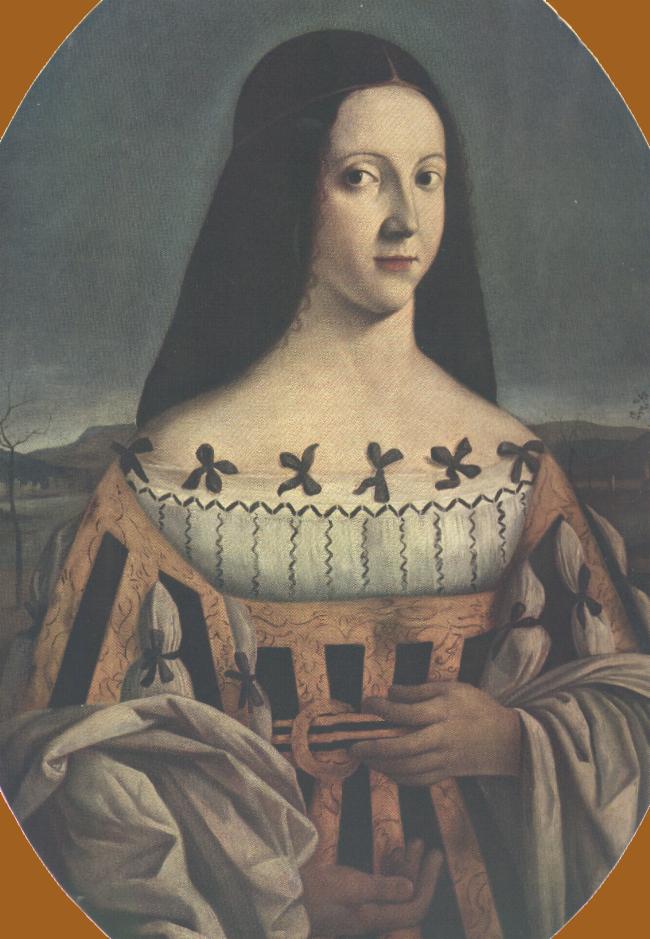
Portrait of Beatrice D'Este.
These 4 works by Leonardo Da Vinci (LDV), create an X-pattern. Beatrice d'Este is painted with crossed hands and as a sculpture, in head & shoulders. Her sister Isabelle d'Este is painted with head & shoulders, and as a sculpture with

La belle ferronnière Renaissance Kunst, High Renaissance, Renaissance Portraits, Mona Lisa
Beatrice d'Este, Duchess of Bari, Duchess of Milan and cousin and through her marriage also aunt of Isabella of Aragon, the Duchess of Milan. This portrait had the correct title: "Beatrice d'Este" at least until 1912 (look at: Edgcumbe Staley: Lords and Ladies of the Italian Lakes, London 1912, opposite of page 236), before one of the "experts" amongst the art historians changed it into.

Seria esse mais um Leonardo da Vinci? Arte renascentista italiana, Arte renascentista, Retrato
La Belle Ferronnière (French pronunciation: [la bɛl fɛʁɔnjɛʁ]) is a portrait of a lady, usually attributed to Leonardo da Vinci, in the Louvre.It is also known as Portrait of an Unknown Woman. The painting's title, applied as early as the seventeenth century, identifying the sitter as the wife or daughter of an ironmonger (a ferronnier), was said to be discreetly alluding to a reputed.

Título de la obra Retrato de Isabel de Este (Ritratto di Isabella d'Este) Año 1500 Estilo artí
They had two sons in 1493 and 1495. Beatrice appeared in good health on the day before her death. She was seen riding her chariot through the park. She went inside the Dominican Church and paid her devotions at the altar. There was dancing in her rooms that night until she suddenly became ill. She died a little after midnight, after giving.
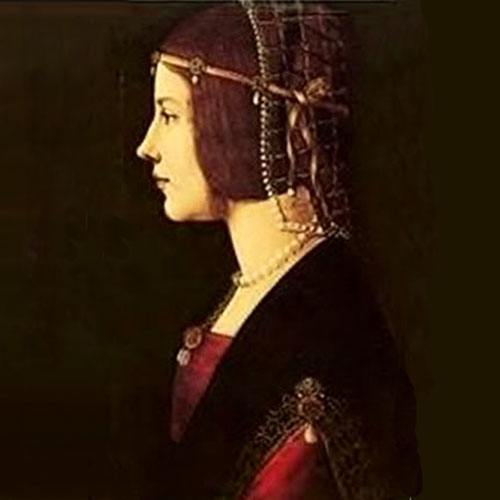
Beatrice d'Este
The Portrait of Isabella d'Este is a drawing (and possible painting) by Leonardo da Vinci which was executed between 1499 and 1500. It depicts Isabella d'Este, Marchioness of Mantua. During the Italian Wars of 1499-1504, the French invaded Italy which caused Leonardo to flee from Milan toward Mantua. There he had met Isabella, where she.

Leonardo da Vinci's Isabella d'Este portrait to return to Italy Daily Mail Online
Saint Beatrix d'Este (1230 - 18 January 1262) [1] belonged to the family of the Norman Dukes of Apulia and was herself the daughter of the Marquis of Ferrara; she was a niece of the Blessed Beatrice d'Este. She was betrothed to Galeazzo Manfredi of Vicenza, but he died of his wounds after a battle, just before their wedding day.
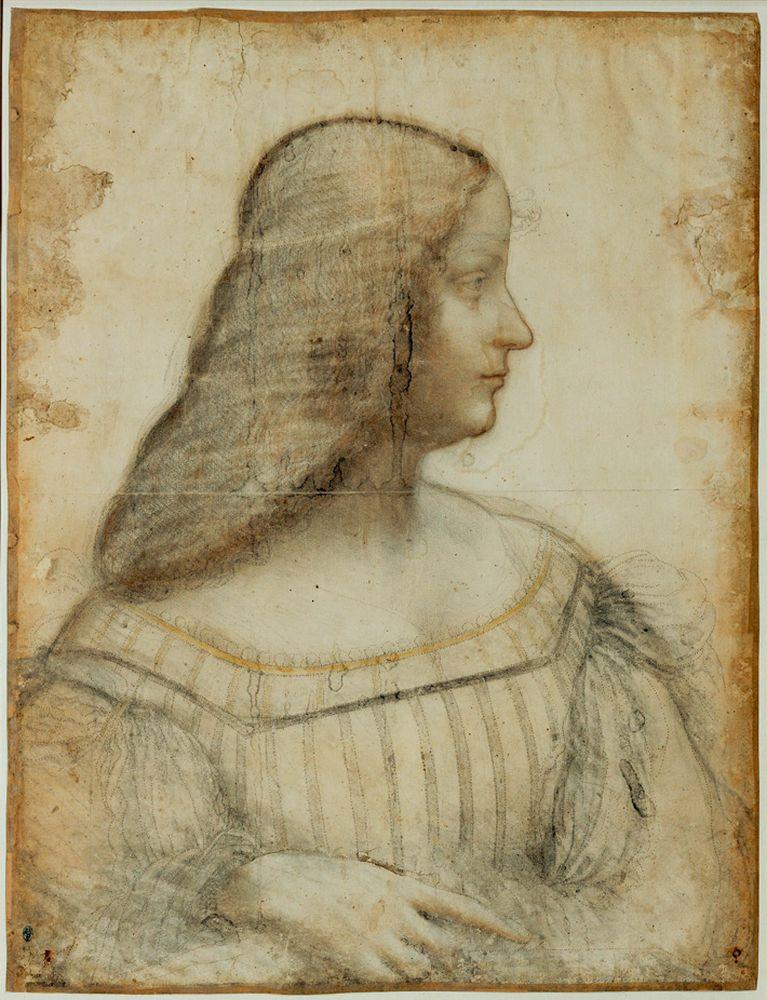
Kunstdruck Porträt von Isabella d’Este von da Vinci Leonardo
Leonardo first produced a sketch for the portrait, now housed in the Louvre Museum in Paris; it is, according to the museum's website, "one of Leonardo's finest head-and-shoulders portraits.". Leonardo left Mantua before he could finish the portrait; this we know because Isabella sent him a letter urging him to complete the commissioned.
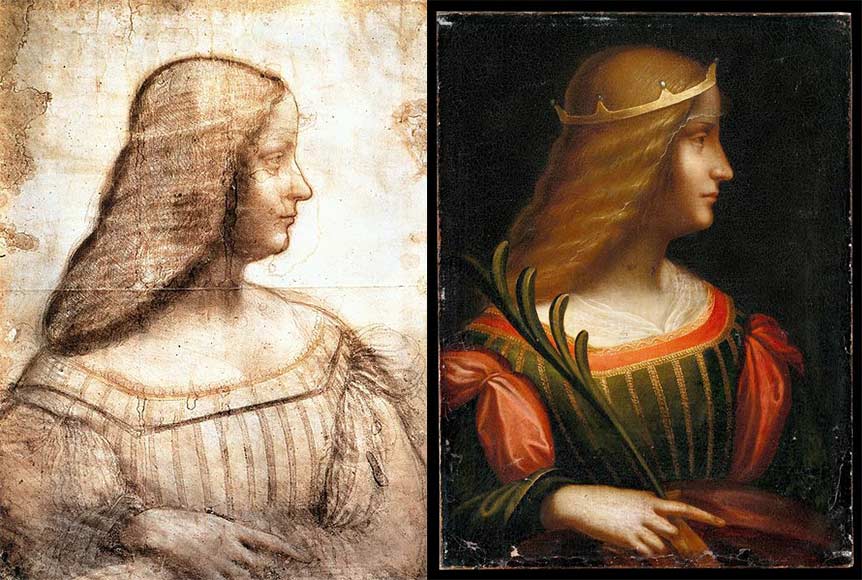
Il "Ritratto di Isabella d'Este" (forse) di Leonardo da Vinci resta in Svizzera
This portrait appears in the Wikipedia article on Beatrice d'Este where it is attributed to Leonardo: "Leonardo da Vinci presented her with a portrait of herself for her wedding gift, a beautiful piece of Renaissance art." But if you click on the accompanying image to see Wiki's larger image, the info beneath it lists the painter as Ambrogio de.

"Beatrice d'Este" (1490) Leonardo da Vinci Costume Renaissance, Renaissance Kunst, Die
An optical painting created by Leonardo Da Vinci (LDV) ca. 1490, with his camera obscura, in his Salette Negra Studio. It is signed lower left with an LDV monogram and the Letters Bee d'este, In the background, the open studio window on the right, with the left window, painted over.

Portrait of Isabella d'Este — Леонардо да Винчи [Leonardo da Vinci]
Este, Beatrice d' and Isabella d'Este, Beatrice d' (1475-1497). Duchess of Milan who became famous for her patronage of artists during the Italian Renaissance. Name variations: Bianca or Beatrice Sforza; Beatriz; Bice; Duchess of Bari. Pronunciation: bee-uh-TREES DEHS-tuh. Source for information on Este, Beatrice d' and Isabella d': Women in World History: A Biographical Encyclopedia dictionary.
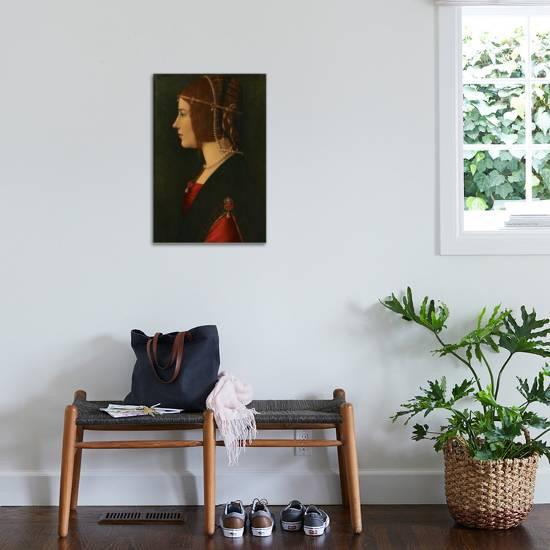
'Beatrice d'Este' Stretched Canvas Print Leonardo da Vinci
Isabella d'Este (l. 1474-1539), was the leading lady of Renaissance Italy who funded the works of such renowned artists as Leonardo da Vinci and Michelangelo.Many of the greatest Renaissance artworks would not exist today if not for the patronage of Isabella, who is also considered the female counterpart of the "Renaissance Men" who tirelessly worked to increase their knowledge.
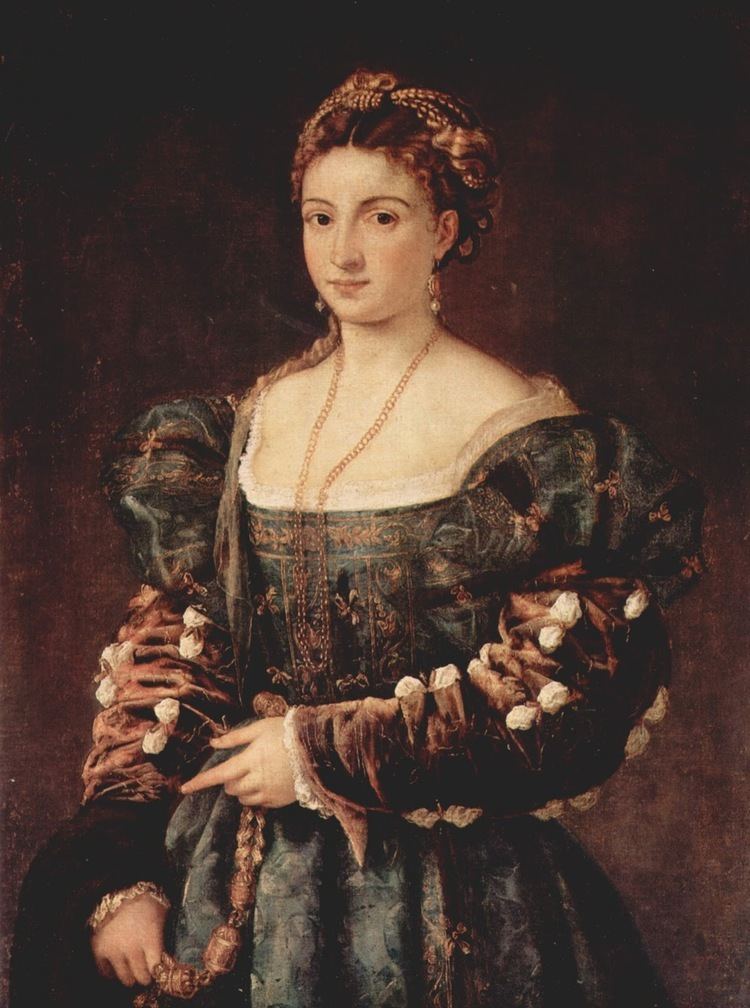
SANTOS Y VIDA Beata Beatriz de Este de Ferrara
This is a painting of an Italian noblewoman Beatrice d'Este made by the famous painter and sculptor Leonardo da Vinci who is considered to be one of the best artists of all time. The Mona Lisa and The Last Supper are some of his most famous paintings. This oil, tempera on panel portrait painting dated between 1485 and 1500 measures 51 x 34 cm.
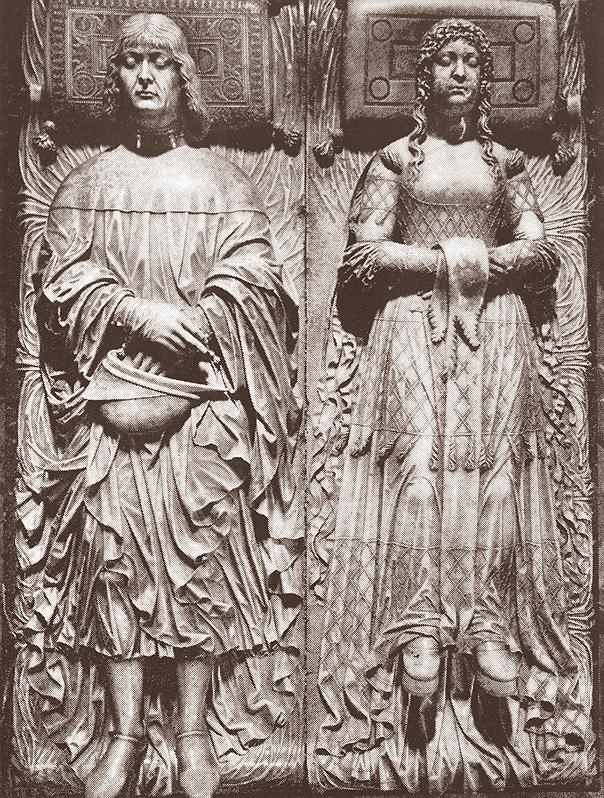
Leonardo da Vinci Untie the Mystic Mask HISTORY OF LEONARDO'S LAST SUPPER
Our recommendation for Portrait of Beatrice d'Este by Leonardo da Vinci To fully enjoy «Portrait of Beatrice d'Este» by Leonardo da Vinci, we recommend the medium size (93.4x60 cm) printed on fine art paper, with the black wood deep shadow box frame.
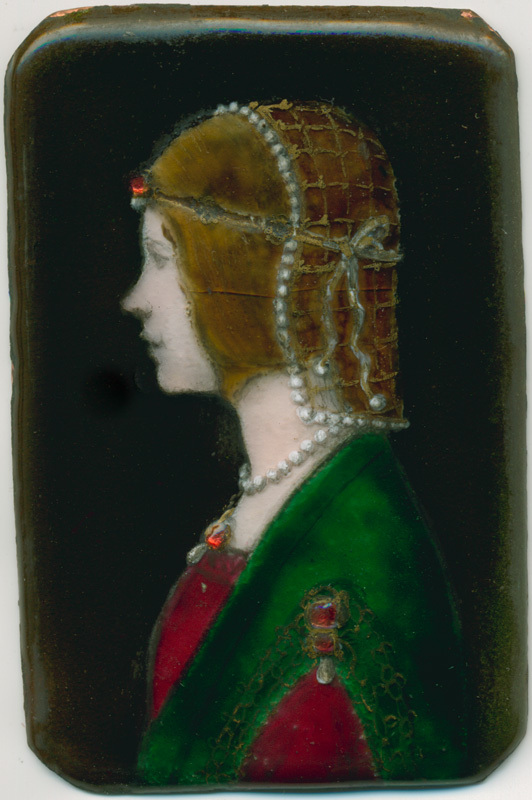
Portrait of Beatrice d'Este after Leonardo da Vinci by Cora Boone Annex Galleries Fine Prints
Buy Lady Beatrice D'Este, Art by Leonardo da Vinci as Digital Prints & Canvas Prints. Custom Frames & Sizes. Free Shipping. Categories: Art by Masters, Art by Old Masters, Leonardo da Vinci Paintings, Oil Paintings, Red, Renaissance Art, Test Collection
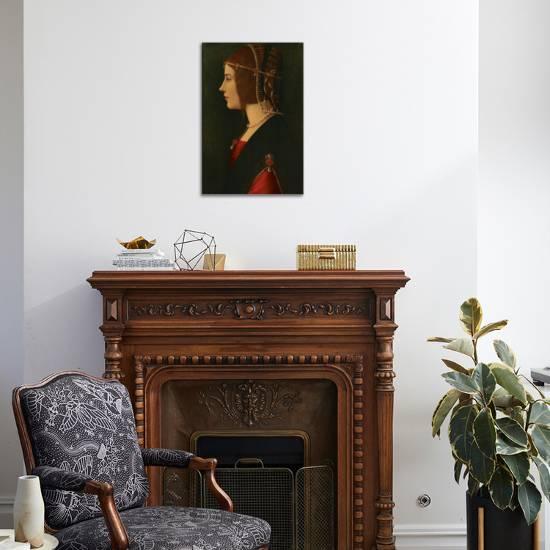
'Beatrice d'Este' Stretched Canvas Print Leonardo da Vinci
Title: Portrait of a Lady (once called Beatrice d'Este) Artist: Samuel Arlent Edwards (American (born England), Somerset 1862-1938 Westport, Connecticut) Artist: After Giovanni Ambrogio de Predis (Italian, Milanese, active by 1472-died after 1508) Artist: Previously thought to be after Leonardo da Vinci (Italian, Vinci 1452-1519 Amboise) Sitter: Previously said to portray Beatrice d'Este.

Recuperado en Suiza el Retrato de Isabella d'Este, de Leonardo da Vinci El Imparcial
Beatrice d'Este died in childbirth on 3 January 1497, just twenty-one years old. Her two sons, Massimiliano (b. 1493) and Francesco II (b. 1495) each took a turn in a precarious role of duke of Milan. There is only one biography of Beatrice d'Este, Julia Carthwright's 1907 Beatrice d'Este, Duchess of Milan, 1475-1497.